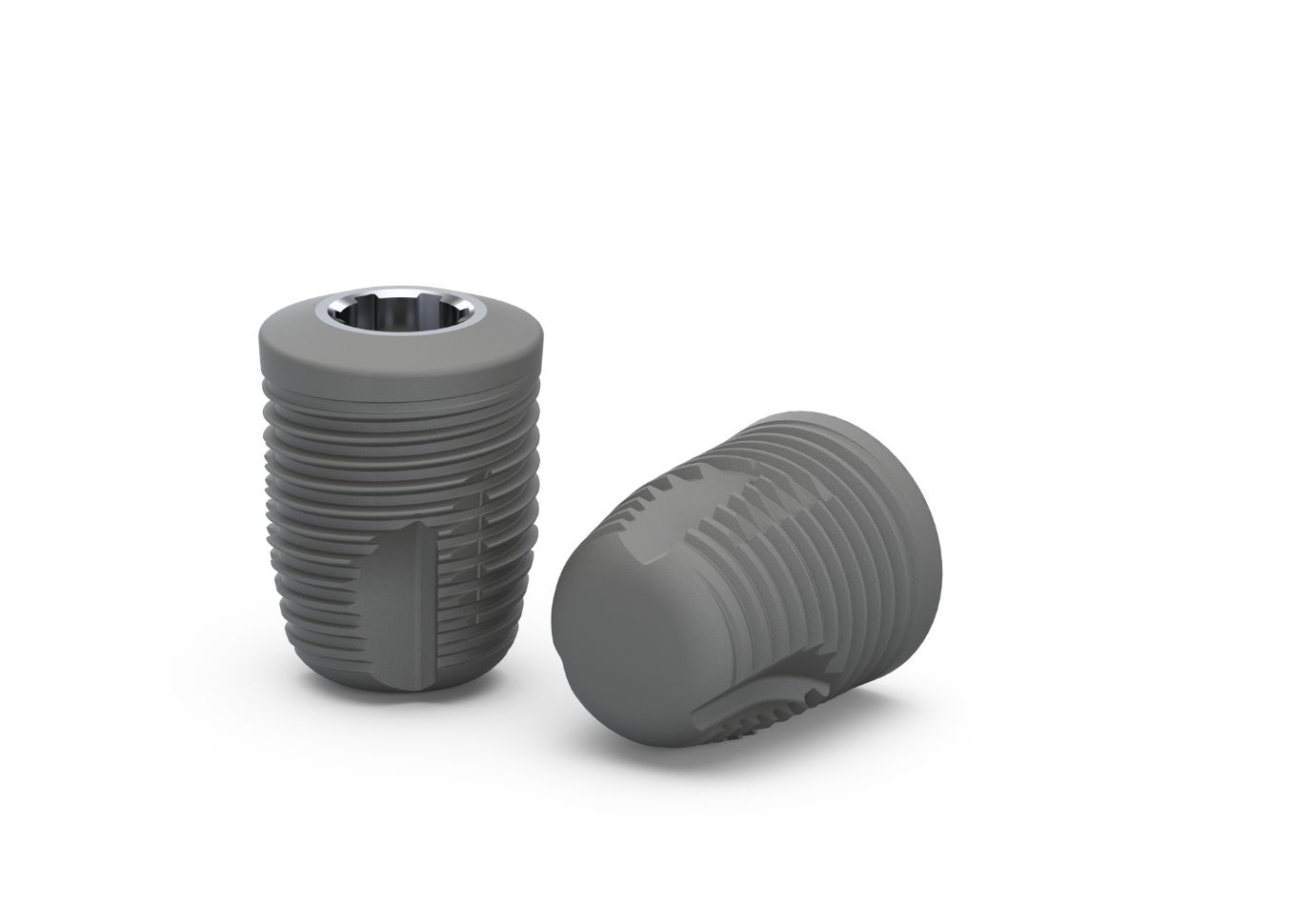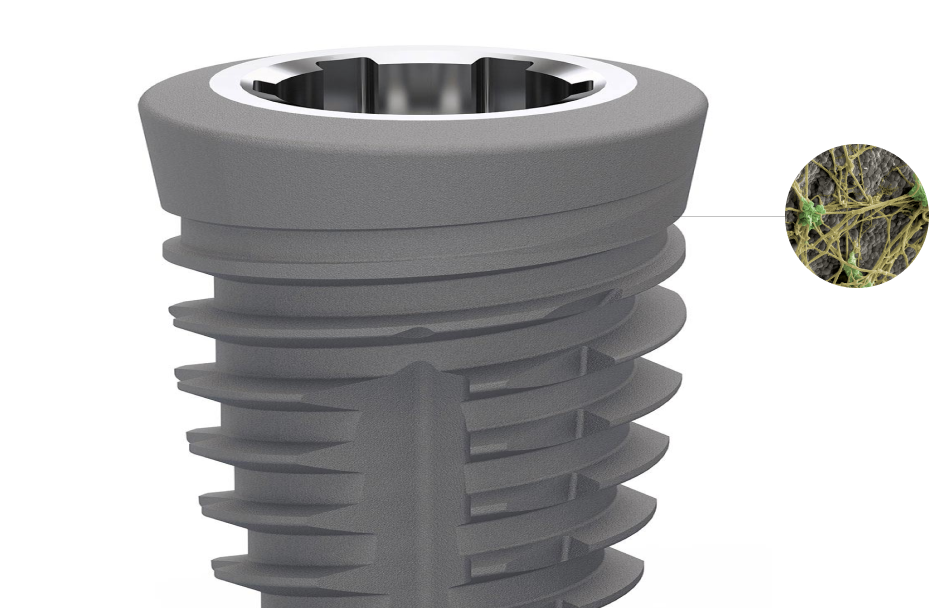
Neoss ProActive® Sinus
Neoss® sinus implants provide an alternative to bone augmentation procedures in cases with limited bone, such as severely resorbed ridges, proximity to inferior alveolar nerve, and sinus floor.
Why Neoss ProActive® Sinus
Less invasive
Short implants eliminate the need for grafting in many cases and thereby reduce the invasiveness, healing time and cost of the treatment.
Excellent stability
Excellent stability can be achieved with short Neoss implants in cases with limited bone1, due to the unique implant design features.
Clinically proven
A three year study on 61 short (7 mm) Neoss implants shows that good initial stability (mean RFA 74.5 ISQ) was achieved, and that the stability increased significantly during healing, resulting in a low failure rate (4.9%).
Seven diameters – one prosthetic interface
All short Neoss implants share the same robust prosthetic platform. It measures Ø4.0 with six internal rotational positions.
Neoss ProActive®, a super hydrophilic surface
Neoss ProActive Implants have a super hydrophilic surface demonstrated by an immeasurable low contact angle. The Neoss ProActive surface has demonstrated faster and stronger osseointegration (when compared to blasted surfaces).2
The Neoss ProActive surface
The Neoss ProActive surface has demonstrated faster and stronger osseointegration compared to a blasted implant surface in in-vivo studies.1
The surface is achieved by subjecting the commercially pure titanium implant to a multistage blasting, etching, and super hydrophilicity treatment, which enables the implant to achieve a high level of wettability. As a result, Neoss ProActive Implants have a super hydrophilic surface.
The rougher surface on the threaded implant body stimulates bone to form more rapidly and with greater strength at the implant surface, allowing for earlier loading protocols.
The Neoss ProActive production process and packaging minimizes the already low carbon content on the surface, maximizing surface energy.

Receive the latest news from Neoss, live webinars, new products, and much more!
Neoss ProActive® Sinus
%20(1).jpg)
1. Gottlow J & Sennerby L, 2010. ‘Influence of surface and implant design on stability of five commercial titanium implants. A Biomedical study in the rabbit’, AO Meeting, Post 83
2. Renouard F, Nisand D. Short implants in the severely resorbed maxilla: a 2-year retrospective clinical study. Clin Implant Dent Relat Res. 2005;7 Suppl 1:S104–10. 3. Meredith N; A review of implant design, geometry and placement. Appl Osseointgrated Res 2008 6 pp 6–12.